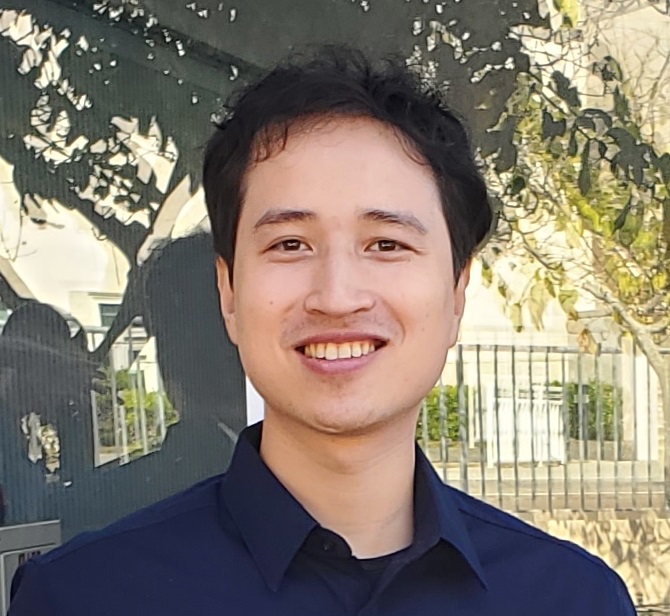CV
Skills
- Software: Physical simulation, dynamical systems, modular code, version control
- Machine Learning: PyTorch, scikit‑learn, Python (10 years exp.), clustering (k‑means), (non)linear optimization, mut. information
- Statistical/ML Methods: Time series prediction, signal processing, information embedding, PCA, self‑supervised learning, data vis., k‑Nearest Neighbors, stability analysis, Fourier analysis, param. optimization
Work experience
- Feb 2025 – Apr 2025: Ascend OS, startup – AI Scientist, Part Time Contractor
- Built agentic LLM introduction backend for two interested parties
- Architected and wrote full LLM workflow for icebreakers and table themes for Large (nearly 100 person) corporate event hosting representatives of many corporations
- Agentic LLM (tool use) via LangGraph
- Software: Cloud database, issue ticketing
- Small team production‑level software development
- Version control: GitHub
- Jun 2024 – Jul 2025 (1 year): Imagia, startup – Computational Physicist
- Physical simulation: Fully architected end‑to‑end Python pipelines for electromagnetic wave optical metasurface simulation, streamlining design process
- Lumerical FDTD, RCWA
- Deconvolution/deblurring
- Efficient processing: 300× runtime reduction of simulation setup, (8 hour simulation setup reduced to 103 seconds), eliminating a heavy design bottleneck.
- Built GUI for users to process experimental data directly from measurements, and post‑processing on validation data to reveal accurate results
- Hardware and algorithm co‑design
- Reduce datafile size by 4× using geometry symmetries
- Automated data tracking for simulation results for easy review/reference
- Worked with team members spanning a complete design pipeline: Virtual design, physical simulation, communicating with chemical fabrication engineer, experimental testing, and post‑experimental data analysis.
- Researched potential low‑power neural network hardware implementations on market for post‑processing image data
- Designed, simulated, & presented production‑ready files to fabrication engineers
- Data preprocessing: noise cleaning/reduction of experimental data
- Tested noise sensitivity of model with synthetic data
- Tested different design strategies: Greedy, evolutionary, Monte Carlo, k‑means clustering
- Data postprocessing: Linear regression, convex optimization, PyTorch feedforward neural network
- Matched filter algorithms
- Managed Ansys Licenses, (de)installation and determined GPU requirements
- Aug 2017 – Mar 2018: Intern Research Assoc., LHC ATLAS and PDG, Lawrence‑Berkeley Nat. Lab
- C++ large data analysis/processing for LHC ATLAS. Implemented unfamiliar framework (C++ ROOT) in 3‑4 months to deliver new results. Poster presented.
- Production Python data vis. software, Particle Data Group. Delivered complete results in 3‑4 months. Credited Technical Associate in author list: Review of Particle Physics (2018). Poster presented.
Personal projects
- Project: FDTD from scratch (Yee lattice)
- ○ Parallelized implementation
- Project: Implement MEEP open‑source optics simulation library with parallel processing
- ○ Tested on multiple simultaneous CPU cores
- Research: Circuits for Low‑Powered Applications, Team Lead
- ○ Working with one experimental materials scientist and one computational physicist
- ○ Literature review, experimental design, and analysis
- ○ Interdisciplinary project: robotics, physics, and neuroscience
- ○ Data collection in progress
Education
- UCSD, Doctorate in “Physics, with Specialization in Computational Neuroscience” 2024
- University of Arizona, Bachelor’s in Science “Physics and Applied Mathematics” 2017
